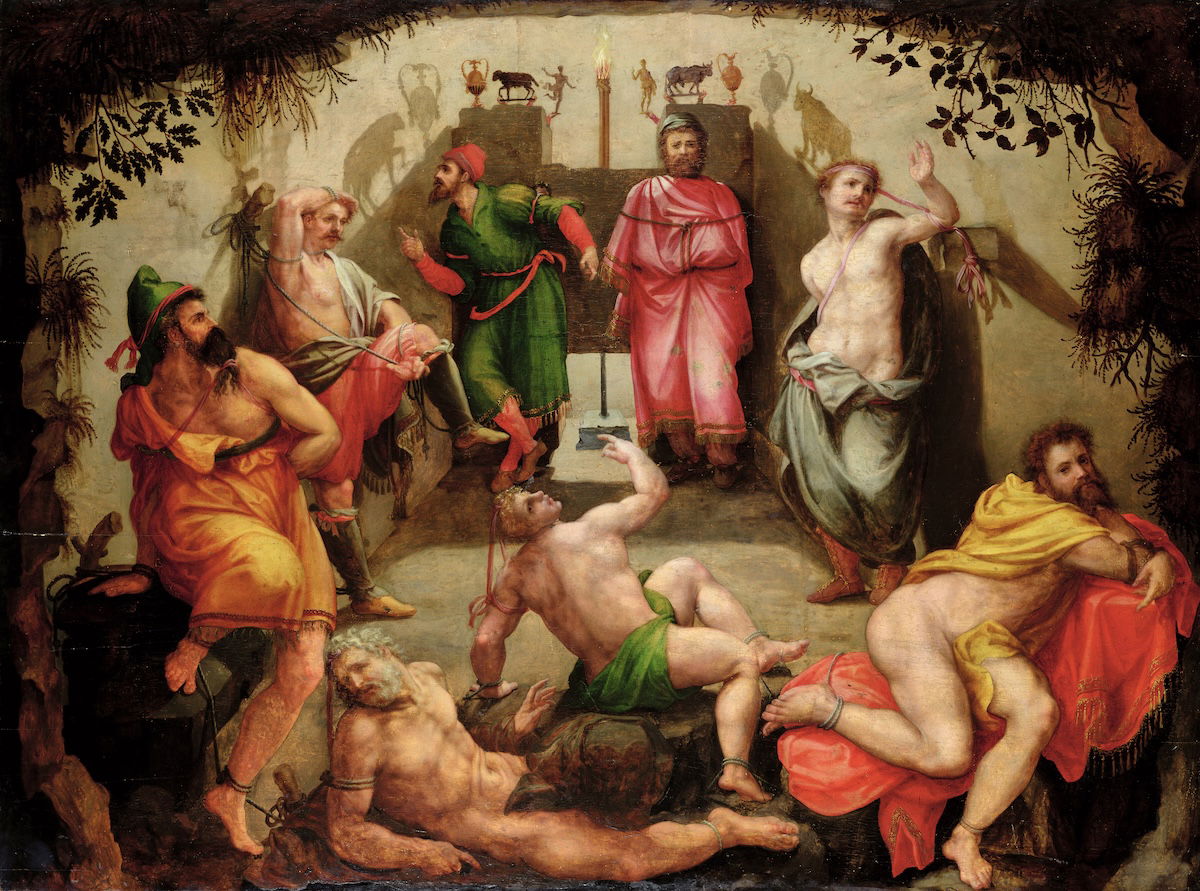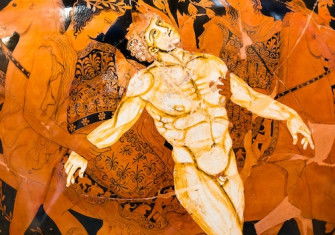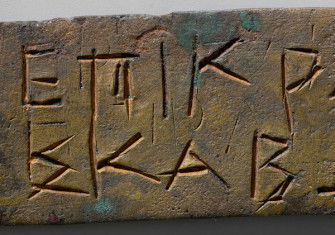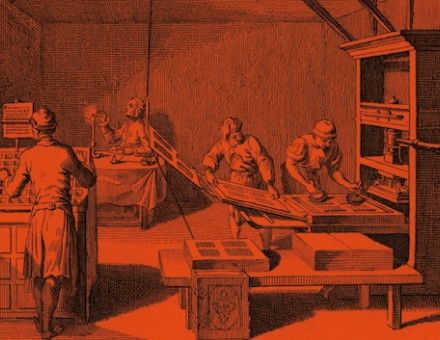Plato’s Last Word to Dionysius
How to reform an ancient Greek tyrant? Plato’s final advice to Dionysius the Younger was not well received.

By the time Plato departed the court of Dionysius the Younger in 361 BC, his relations with the Syracusan autocrat had turned frosty. Plato had spent many months at the court in Sicily over the course of two visits spaced six years apart. He had been pursuing a remarkable goal: to give a notorious tyrant, the most powerful ruler in the Greek world, a philosophic education. But the project had utterly failed and Plato had come to be seen as an enemy of the regime. Indeed, he was in mortal danger; only after a third party, the philosopher-statesman Archytas of Tarentum, had intervened from afar had he been given leave to return to Athens.







